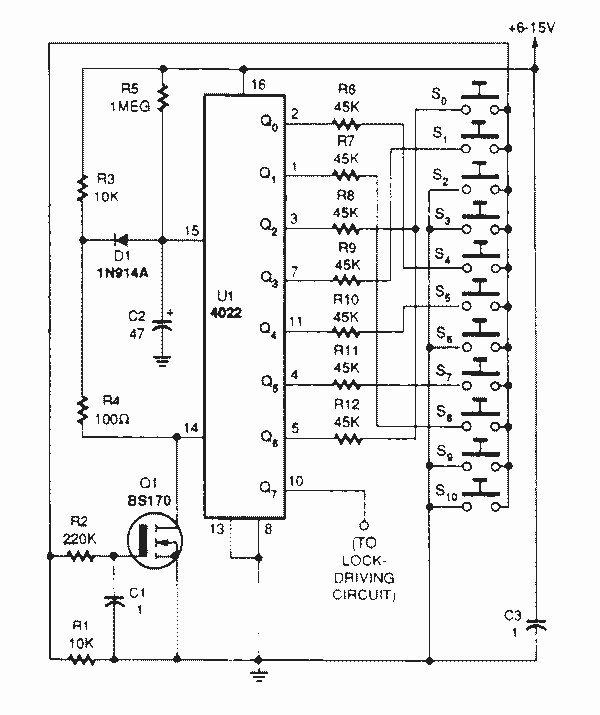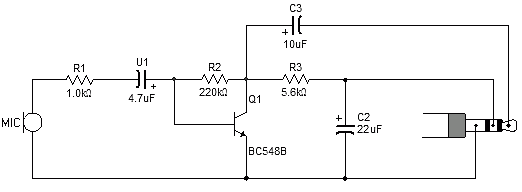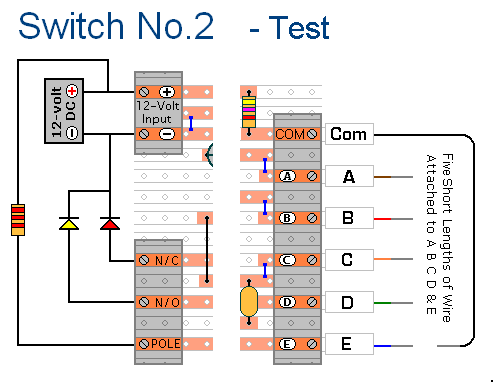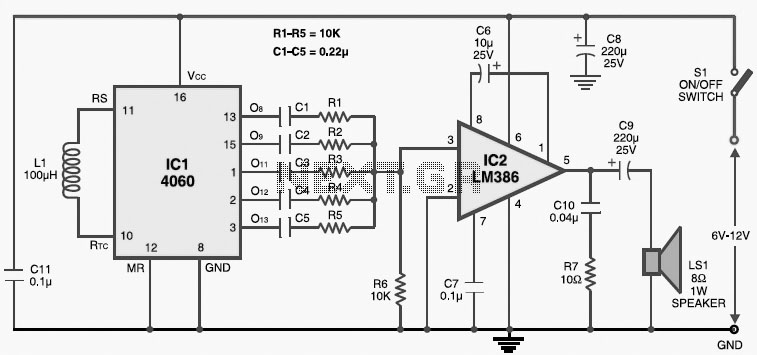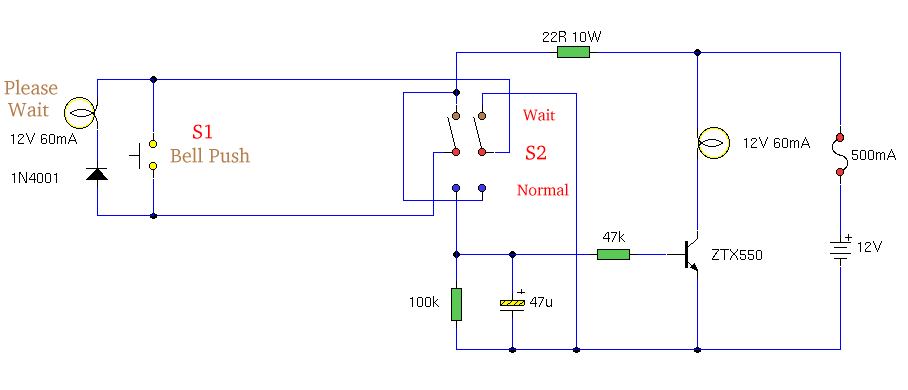
Car Door Keypad Electronic
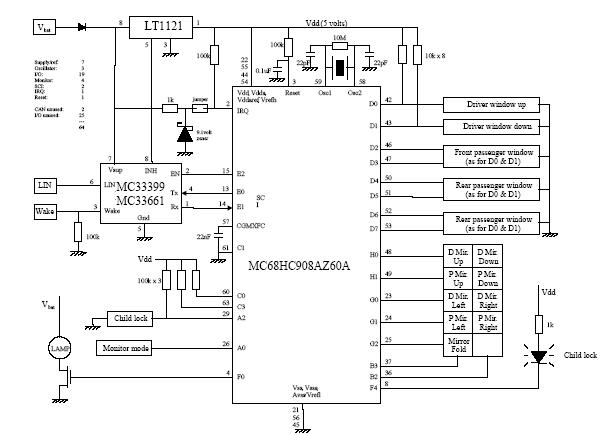
The following circuit illustrates a Car Door Keypad Electronic Circuit Diagram. Features include a lower pin-count and a cost-effective design utilizing the MC68HC908AZ60A microcontroller.
The Car Door Keypad Electronic Circuit is designed to enhance vehicle security by providing a user-friendly interface for locking and unlocking car doors. This circuit employs the MC68HC908AZ60A microcontroller, which is known for its efficiency and compact design, making it ideal for automotive applications.
The circuit typically consists of a keypad, which allows the user to input a security code. The microcontroller processes the input signals from the keypad and compares them to a pre-stored code in its memory. If the entered code matches the stored code, the microcontroller activates a relay or an electronic lock mechanism to unlock the car doors.
The schematic may include additional components such as resistors for pull-up or pull-down configurations, capacitors for noise filtering, and diodes for protection against reverse polarity. Power supply considerations are also crucial; the circuit should be designed to operate within the vehicle's standard voltage range, typically 12V.
In terms of layout, the circuit should minimize the length of connections to reduce electromagnetic interference, and components should be arranged to facilitate easy troubleshooting and maintenance. The use of a lower pin-count design not only reduces the overall cost of the circuit but also simplifies the PCB layout, allowing for a more compact design that can be easily integrated into the vehicle's existing systems.
Overall, this Car Door Keypad Electronic Circuit offers a reliable and efficient solution for vehicle access control, combining functionality with cost-effectiveness.The following circuit shows about Car Door Keypad Electronic Circuit Diagram. Features: lower pin-count lower cost device, uses an MC68HC908AZ60A, .. 🔗 External reference
The Car Door Keypad Electronic Circuit is designed to enhance vehicle security by providing a user-friendly interface for locking and unlocking car doors. This circuit employs the MC68HC908AZ60A microcontroller, which is known for its efficiency and compact design, making it ideal for automotive applications.
The circuit typically consists of a keypad, which allows the user to input a security code. The microcontroller processes the input signals from the keypad and compares them to a pre-stored code in its memory. If the entered code matches the stored code, the microcontroller activates a relay or an electronic lock mechanism to unlock the car doors.
The schematic may include additional components such as resistors for pull-up or pull-down configurations, capacitors for noise filtering, and diodes for protection against reverse polarity. Power supply considerations are also crucial; the circuit should be designed to operate within the vehicle's standard voltage range, typically 12V.
In terms of layout, the circuit should minimize the length of connections to reduce electromagnetic interference, and components should be arranged to facilitate easy troubleshooting and maintenance. The use of a lower pin-count design not only reduces the overall cost of the circuit but also simplifies the PCB layout, allowing for a more compact design that can be easily integrated into the vehicle's existing systems.
Overall, this Car Door Keypad Electronic Circuit offers a reliable and efficient solution for vehicle access control, combining functionality with cost-effectiveness.The following circuit shows about Car Door Keypad Electronic Circuit Diagram. Features: lower pin-count lower cost device, uses an MC68HC908AZ60A, .. 🔗 External reference

